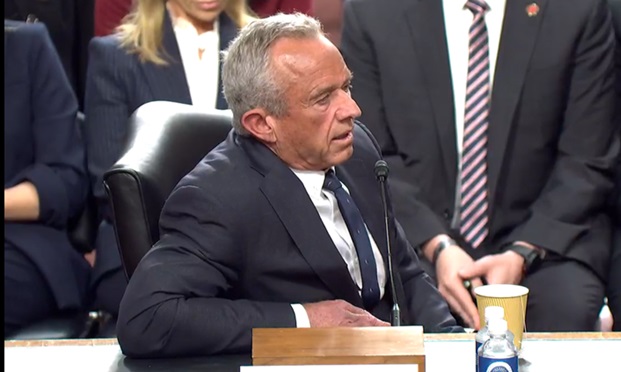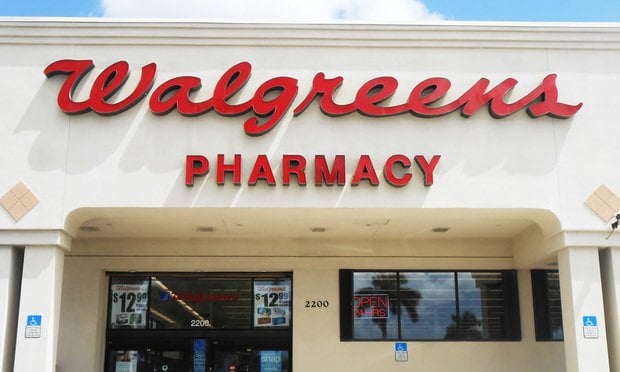The commission formed to combat the opioid epidemic will be announcing a number of initatives designed to push government action. Stat News claims to have obtained a copy of the draft report, expected to be released Wednesday, which includes 53 recommendations.
Among the actions to be recommended by the commission is the formation of drug courts in every federal judicial district, noting that as of 2015, fewer than a third of federal judicial districts and only 44 percent of U.S. counties operated drug courts.
But drug courts, the unofficial report points out, “have been shown to increase engagement in addiction treatment and reduce recidivism rates,” rather than the results produced by standard courts, since they combine both criminal justice and addiction treatment so that those with substance use disorder can avoid criminal sentencing—as long as they comply with a treatment course that can include counseling and medication-assisted treatment.
The commission also intends to recommend streamlining the system for distributing federal funding that expands and mirrors the process for obtaining block grants offered by the Substance Abuse and Mental Health Services Administration. It should require only one application and result in states receiving at least equivalent funding while allowing them to redirect resources currently used for paperwork toward program implementation. Currently the system is “fragmented.”
Federal addiction treatment providers also could come in for an increase in reimbursement rates, as the commission wants the Department of Health and Human Services to more adequately measure and cover the “true costs” of treating substance use disorder, including use of inpatient psychiatric facilities.
In addition, the commission wants the Centers for Medicare and Medicaid Services to review policies that incentivize the prescription of opioids over more expensive non-opioid treatments; it also recommends lowering barriers to treatment, including those that impose limits on access to any of the three forms of medication-assisted treatment approved by the Food and Drug Administration. It also wants access to recovery coaches improved.
Some states restrict who among emergency responders can administer naloxone, and the guidelines of the National Highway Traffic Safety Administration (which oversees the federal Office of Emergency Medical Services) guidelines currently recommend that paramedics and advanced medical technicians be allowed by local communities to administer naloxone. The report also says they should be reviewed to allow emergency medical technicians to also administer the medication, and in higher doses.
It will ask that the Drug Enforcement Administration require prescribers renewing licenses to prescribe opioids prove that they’ve participated in an opioid prescription education program, as well as recommending that HHS develop a “national curriculum and standard of care for opioid prescribers,” and that pharmacists receive training “on best practices to evaluate the legitimacy of opioid prescriptions.”
The report also recommends that CMS remove questions about pain levels from patient satisfaction surveys to be sure that providers aren’t looking to boost patient approval by prescribing opioids.
© Touchpoint Markets, All Rights Reserved. Request academic re-use from www.copyright.com. All other uses, submit a request to [email protected]. For more inforrmation visit Asset & Logo Licensing.






